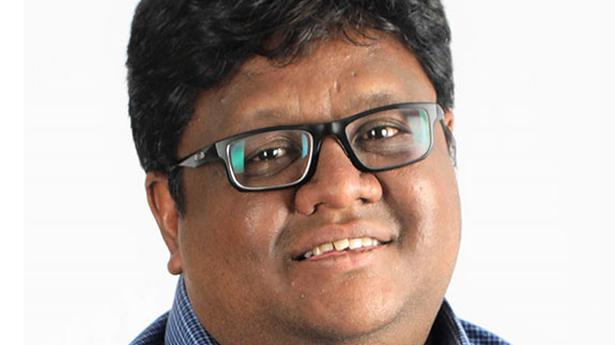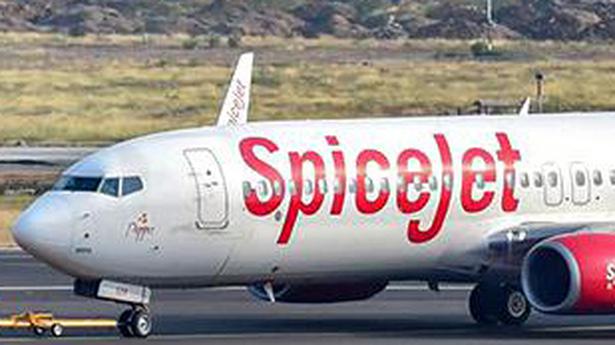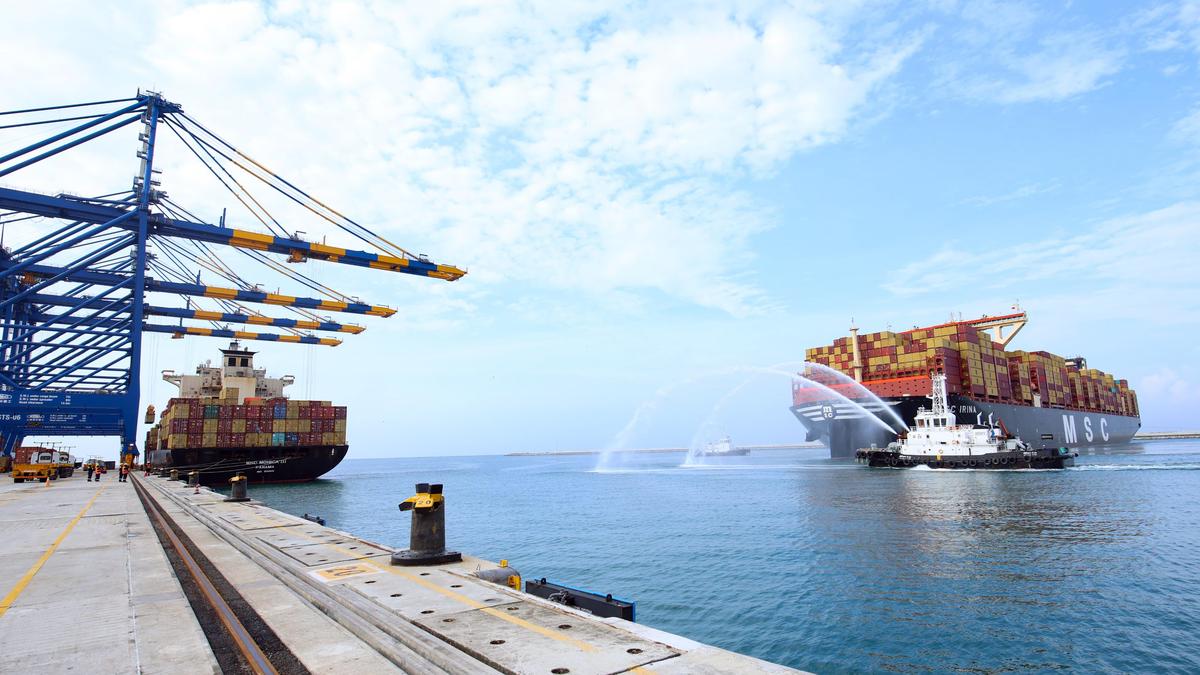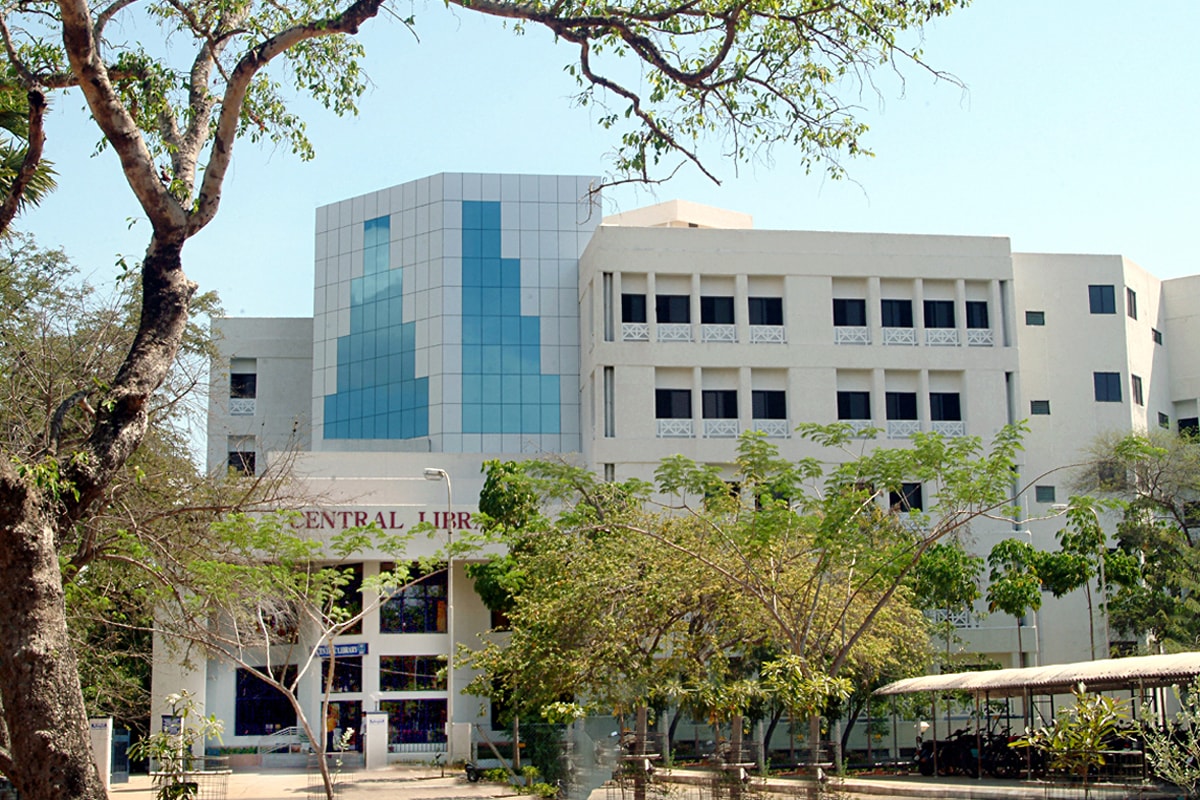Bengaluru
5G will lead to widespread artificial intelligence (AI) and machine learning (ML) adoption, enabling gargantuan volumes of data to be acquired, processed, and intelligently analysed in real time, says Saurabh Kumar Sahu, MD and Lead – Communications, Media and Technology, Accenture In India. Edited excerpts:
What are some of the key challenges faced by telecom companies in 5G deployments in India?
Some of the key challenges faced by telecom companies include developing a viable business and pricing model, fiberisation, an upgraded transport network and extension of cloud. While 5G is well-poised to transform consumer experiences, businesses, the economy, and society in the next decade spurred by faster connectivity speeds, ultra-low latency, and greater bandwidth, it is a capital-intensive exercise. Testing across all layers including devices and applications will play a crucial role prior to 5G adoption.
How do you view the country’s current readiness for 5G?
India has been making steady progress in terms of 5G readiness. As telecom companies prepare for the commercial roll-out, they have been working on creating the ecosystem with partners, and setting up labs and innovation centers. In fact, we are also witnessing use-case based roll-outs of 5G services through private networks across multiple industries, aimed at improving productivity, efficiency, and agility. The future will see telecom companies consolidate their investments and incorporate performance, planning and deployment on a return on investment (ROI) based strategy. Network roll-out for consumers is expected to be in the trial stage in 2022 and its scaling to large deployments would depend on the 5G spectrum auction.
What are the new trends around 5G and network modernisation?
The most important trend that is shaping the 5G and network modernisation agenda for telecom companies is the cloudification of the network. Distributed hybrid architecture across Core and RAN, decoupled network, applications management stack and an evolved operating model comprise its key components. Operating a cloud-native network requires the support of robust digital technologies including automation as well as artificial intelligence (AI) and machine learning (ML) which help make the network more self-reliant and responsive.
What technological innovations are required to drive 5G in India?
5G will lead to widespread artificial intelligence (AI) and machine learning (ML) adoption, enabling gargantuan volumes of data to be acquired, processed, and intelligently analysed in real time. The maturity of enabling technologies such as AI, edge computing and advanced data analytics coupled with 5G will transform the industry. This will provide advantages of near real time responsiveness (ultra-reliable, low latency), fast speed (enhanced mobile broadband), all device connectivity (massive Internet of Things/ IoT) enabled by network slicing. With a complex and different set of technologies getting incorporated due to 5G, it will actually require a shift in the operating model itself.
What has been Accenture’s role in enabling the 5G journey of telcos in India?
We are committed to helping telcos and enterprises to prepare for the 5G opportunity. Combining our 5G capabilities, Network Equipment Provider (NEP), application vendor, device and sensor partners enable us to help both telcos and enterprises to be at the heart of the 5G ecosystem to unlock the growth. We also bring proven expertise across industries which enables us to achieve digitisation and transformation at scale. We are also helping businesses finalise their 5G strategy and roadmap. Recently, we collaborated with Airtel to bring alive the promise of 5G networks in improving industrial productivity.
How will 5G turn homes and enterprises a focal point for innovation?
We expect to see more innovation in the enterprise segment, which will be a composite of 5G, 4G, small cells and even WiFi offloads, along with the play of new digital technologies. This enterprise movement will be enabled by a hybrid network, enhanced in coverage through hyperscale collaboration. In the consumer space, we will see a shift from business-to-consumer (B2C) to business-to-business-to-consumer (B2B2C), with the home becoming the focal point for innovation. Network roll-out for consumers is expected to be in trial stage through this year and its scaling to large deployments would depend on the 5G spectrum auction.
The future will see telecom companies consolidate their investments and incorporate performance, planning and deployment on a return on investment (ROI) based strategy. The 5G movement will further pick up momentum later this year with more use-case based rollouts in specific industries.







